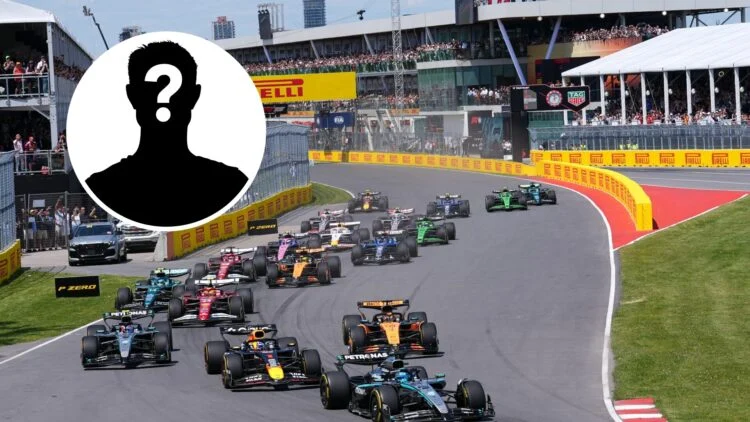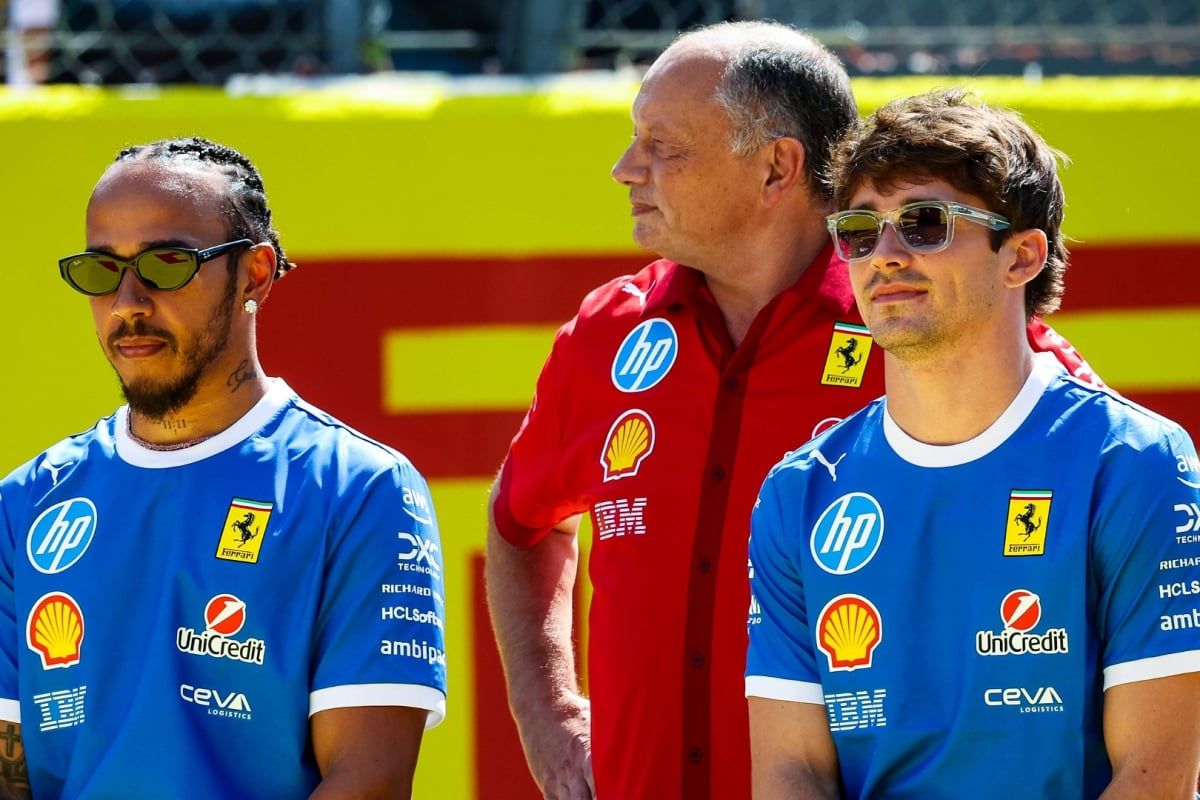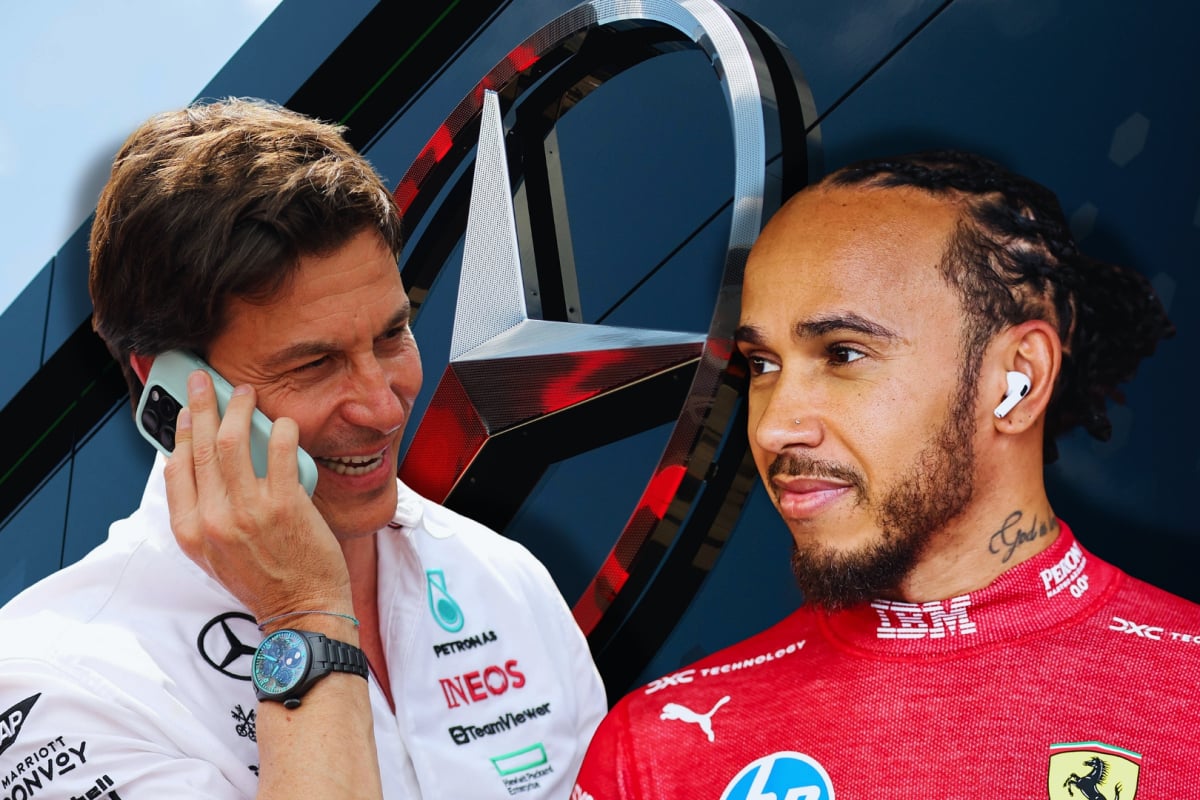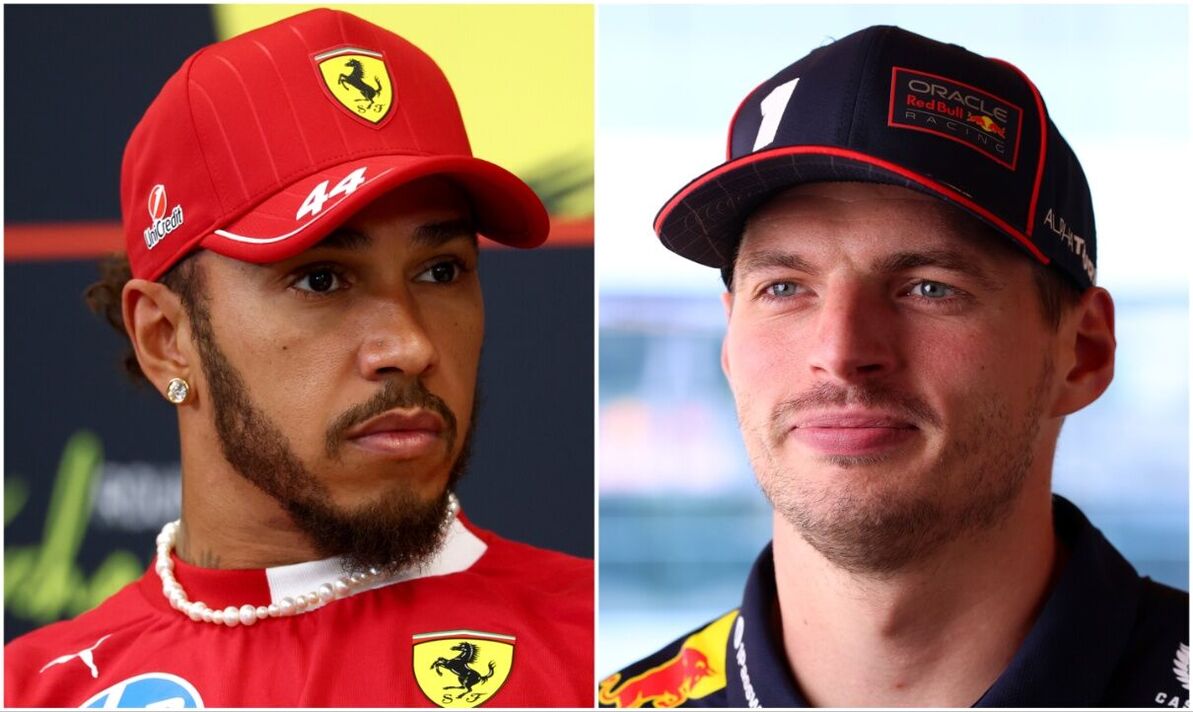Struggling F1 Driver Faces Potential Seat Loss Before Season’s… read more
Formula One (F1) is a brutal sport, where even the most promising talents can falter, and the pressure to perform consistently is immense. Currently, the spotlight is on a driver whose struggles are potentially jeopardizing their position for the remainder of the season. While names and specific teams aren’t being publicly disclosed to protect ongoing negotiations and maintain confidentiality, this article delves into the factors contributing to this precarious situation and the potential repercussions for the driver and their team.
The driver, currently in their second or third season with their F1 team, has exhibited a significant performance dip compared to expectations and previous seasons. Their consistent underperformance in qualifying sessions, coupled with occasional errors and unremarkable race results, has put them under intense scrutiny within the team. This decline in performance contrasts sharply with their earlier years in F1, highlighting the dynamic and demanding nature of the sport.
Several factors could be contributing to the current struggles. Firstly, a change in the regulations, strategy, or technical aspects of the car could be causing unforeseen challenges. While teams are continuously adapting to new guidelines, unforeseen technical issues or adaptation requirements can impact a driver’s performance. Secondly, internal team dynamics, including leadership changes, disagreements with the team strategy, or pressure from superiors, could play a role in hindering the driver’s focus. It’s crucial to remember that F1 is not solely about technical proficiency but also about psychological resilience and effective communication.
The team, in turn, is facing a dilemma. Keeping a driver who is underperforming jeopardizes their chances of improving their overall standings in the championship. This is particularly relevant given the often significant costs associated with running a Formula One team. Finding a replacement, while challenging, allows them to explore alternative options. But bringing in a new driver would also mean adjusting strategies and protocols, potentially introducing inconsistencies within the team.
The potential loss of the driver’s seat presents a series of complex scenarios. If the driver is released, they could potentially join another team as a reserve driver, or seek opportunities elsewhere, potentially in other racing series. The driver’s reputation, experience, and future prospects would be significantly impacted by this decision. A swift and well-managed transition is vital to avoid damaging their career.
Beyond the immediate impact on the driver, the team is also faced with reputational risks and potential legal ramifications. Any rushed decisions could jeopardize the entire season. The team needs to consider the potential fallout from replacing a driver mid-season, which could include dissatisfied sponsors, media scrutiny, and internal discord.
In addition, the affected driver might have a contract that includes clauses outlining the circumstances for termination. Such clauses can include performance requirements, specific milestones, or financial considerations. The legal intricacies surrounding contract breaches and the termination process will significantly influence the decision-making process.
Furthermore, the driver’s performance is not isolated but is often a reflection of the broader team’s performance and strategic decisions. The team’s recent performance and lack of consistent success compared to their competitors might also be a contributing factor to the driver’s struggle. The pressure to perform in the face of team struggles might be adding extra stress and affecting the driver’s performance.
The situation underscores the volatile and competitive landscape of F1. Teams are constantly scrutinizing their drivers and their performance under pressure. Success requires a seamless blend of technical proficiency, strategic insight, and unwavering mental fortitude. The driver’s struggles are a stark reminder of the relentless demands of the sport, where consistency and peak performance are paramount for survival and success.
While the specifics remain confidential, the situation highlights the delicate balance between talent, performance, and the competitive demands of Formula One. The outcome of this situation will not only impact the driver’s immediate future but will also serve as a case study for future driver-team dynamics in the challenging world of Formula One.




